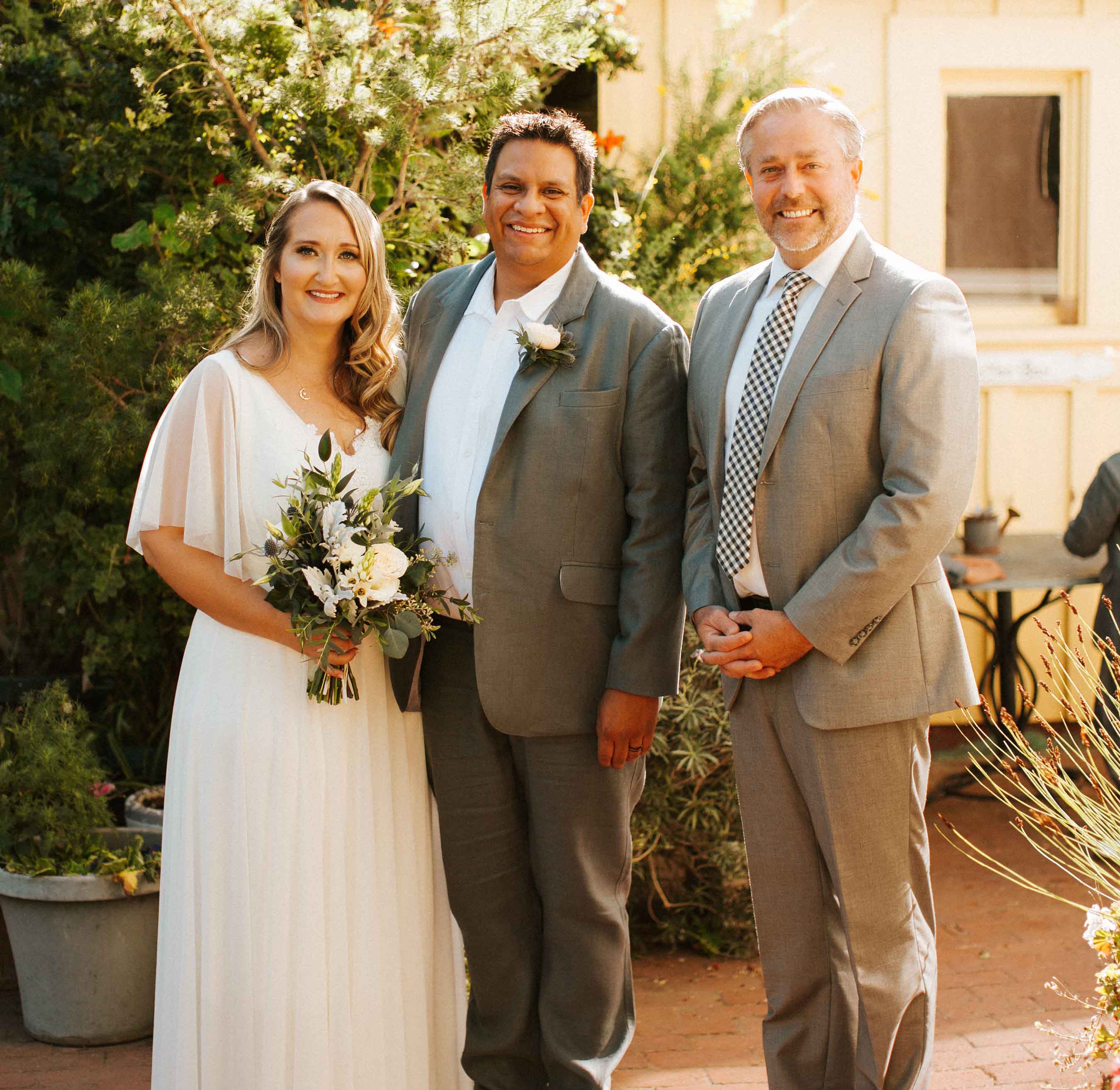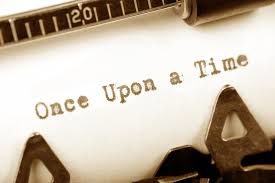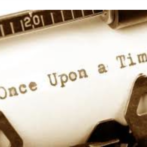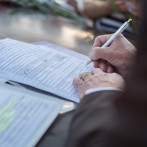Wedding Ceremony Elaborations
Wedding ceremony elaborations include those parts and pieces of the ceremony that communicate the specific beliefs and values of the bride and groom. Elaborations include spoken portions of the ceremony i.e. vows. They can also include unspoken portions of the ceremony such as lighting candles or Sand Ceremonies. The elaborations you choose should fit your overall wedding theme. Beach weddings are perfect for Sand Ceremonies. The reasons are obvious. This is an example of how an elaboration fits into the ceremony theme. Remember: just because a wedding happens in a specific location doesn’t mean the theme is going to reflect that location. You might have a rock-n-roll wedding in a barn. Elaborations should be consistent with your beliefs. Sometimes a wedding includes elaborations that don’t fit. For instance, communion. Communion historically is used by religious couples who come from a traditional Christian, Protestant or Catholic background. If your ceremony does not include references to God or the Bible, including communion might not make a lot of sense. However, other elaborations such as the use of floral crowns or specific decorations may work very nicely sans the religious overtones. Tradition should drive your choice of elaborations. The Hispanic culture frequently uses the Lasso Ceremony. The Lasso is symbolic for connection and commitment and it has many religious undertones. The Lasso ceremony may fit will into a traditional Hispanic wedding but it may need some tweaking for an Anglo wedding. For instance, central European cultures have a ceremony called “hand fastening.” It’s the same idea as the Lasso but with a small rope that secures only the hands together. Elaborations should be personal. Every bride and groom wants to have fun. Unfortunately, many never achieve fun in their wedding because they are so hindered with traditional expectations of what a wedding should look and sound like. You have to force creativity into weddings sometimes. This is how we make weddings fun: by making them personal and unique to the bride and groom. If the couple loves a specific movie, book series or set of paintings incorporate those as decorations, use the lyrics in your vows or dress up like your favorite literary character. Elaborations should inform your assembly. Who is the assembly? Those are your friends and family, guests and relatives whom you have invited to your wedding ceremony. Each of the specific elaborations you’ve included in your ceremony should communicate something about who you are and what you believe. The most obvious example of this is the backstory. The backstory is a brief, 3-8 minute (2-3 pages, typed, single spaced) introduction of the couple. It introduces the bride and groom to the assembly. It answers the question, How did they meet?...
Read More






Recent Comments